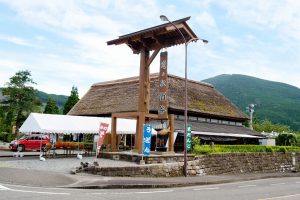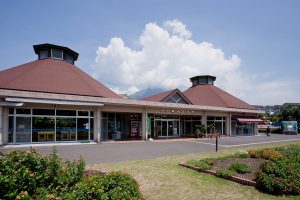Roadside Station Oomuta
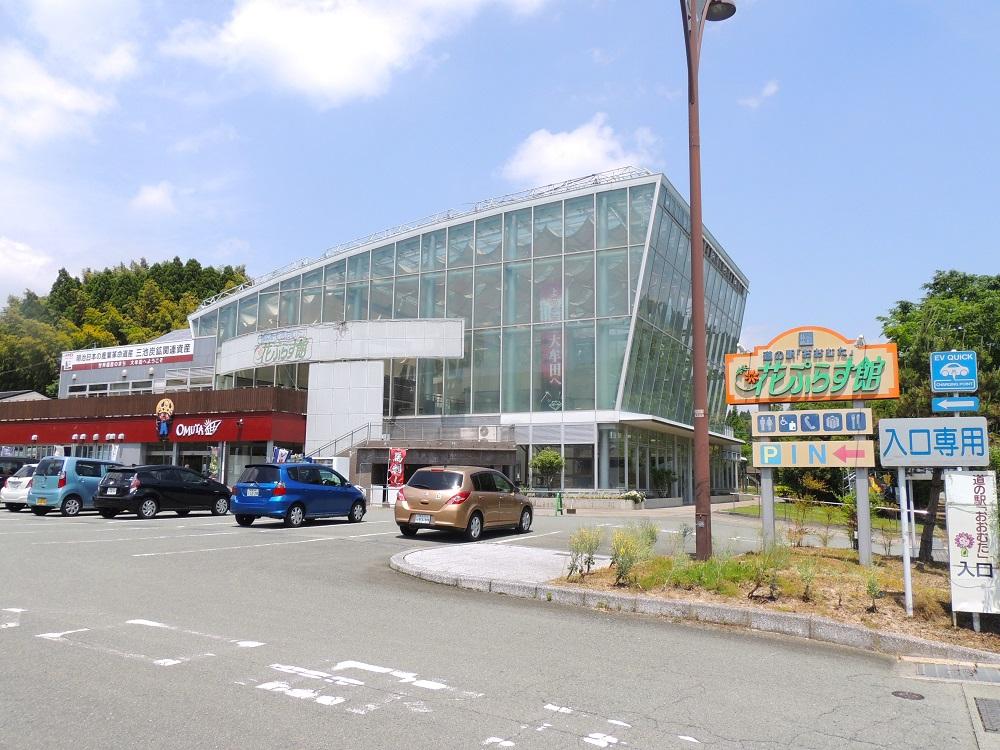
Index
Add enrichment to your life and travel.
Playful products are also attractive.
Located on the border with Kumamoto Prefecture, it is marked by a huge, all-glass atrium (greenhouse). The building is designed around the themes of "flowers" and "greenery," and the product hall is called the "Hana Plus Kan"; it will be renovated in the spring of 2020, and the company is eagerly working to change its product mix. The company also began selling horse sashimi because of its location near Kumamoto. The "Baryoku Croquettes," croquettes filled with horse meat, are now known as "Baka Croquettes" because the word "riki" was mistaken for "ka. Also, the expensive "Juliette" is now sold for 900 yen for a piece, not a whole bunch! The expensive "Juliette Banana" is also popular.
Roadside Station Omuta Basic Information
| Location | 2-1 Shikashinmachi, Omuta City, Fukuoka Prefecture |
|---|---|
| Phone number | 0944-50-1187 |
| Business Hours | 9:00-18:00 |
| Access | Nearest IC: 5 minutes from the Minamiseki IC of the Kyushu Expressway |
| Official HP | https://hanapluskan.com/ |
Map of Roadside Station Ohmuta
Roadside Station Omuta Gourmet Information
Buy this: Omuta's Chikara Ramen
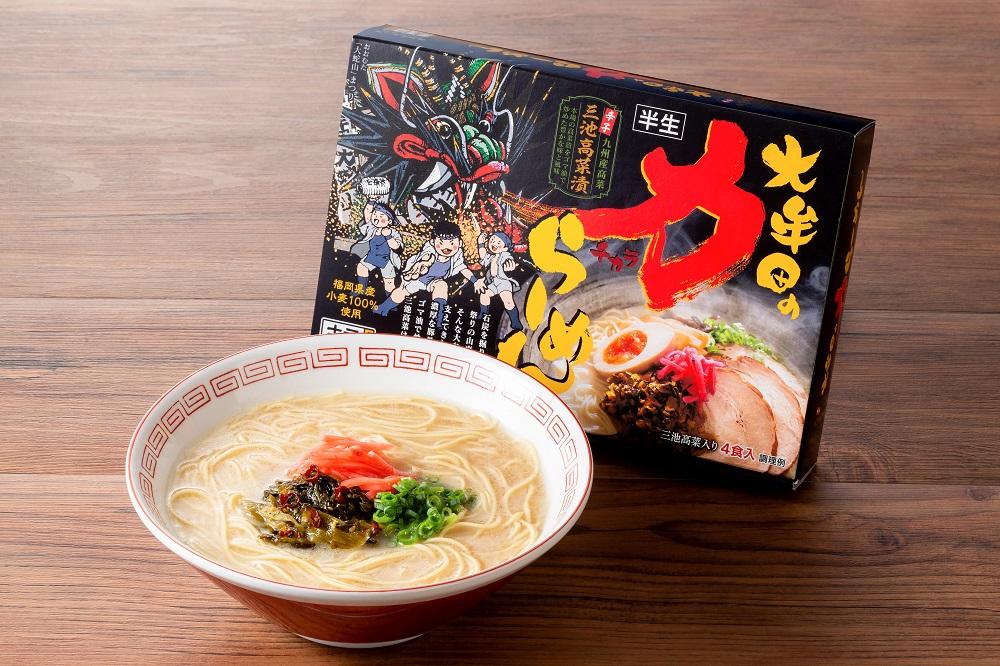
An original product of the roadside station. The noodles are made from 100% Fukuoka wheat. Also included as a topping is pickled local Miike takana. The Miike takana is thick, chewy, and crispy. The takana is mixed with chili peppers, sesame seeds, and special oil. It is seasoned with chili peppers, sesame seeds, special oil, and fish stock from Ushibuka, and stir-fried in genuine sesame oil. It can be served on ramen noodles as it is or on white rice. It can also be used for fried rice. A box of 4 servings is 1100 yen (tax included).
I'll buy this one, too.
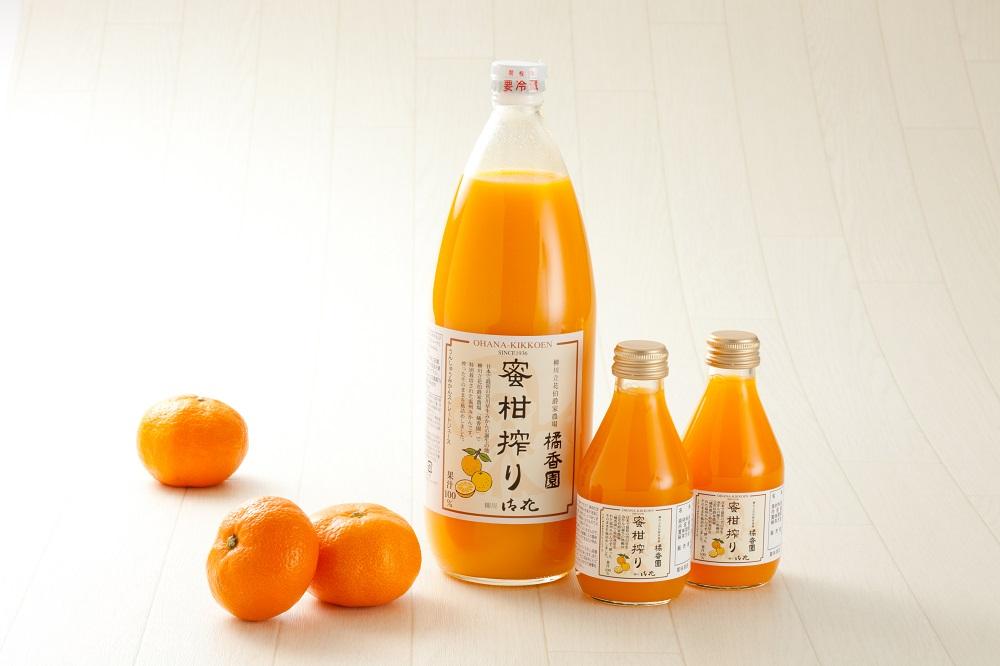
The Miyagawa early ripening mandarin is one of the most representative varieties of early ripening mandarins and is well known throughout Japan. It was the first early ripening mandarin born in Japan during the Meiji era (1868-1912), and its cultivation was started by Lord Kanji Tachibana, a feudal lord of the former Yanagawa domain. Even today, the Tachibana family farm "Tachibana Kouen" located in Kamiuchi, Omuta City, grows early ripening tangerines with reduced use of agricultural chemicals.
Tachiban Kouen's tangerine juice is "Mikan Shibori", which is made by squeezing the peel of ripe tangerines harvested at Tachiban Kouen. The juice is made by pressing the ripe tangerines harvested at Tachibana Kouen with their peels and bottling them, so that the fresh flavor of the juice can be enjoyed. The juice is made until the end of February, the same time as the tangerine harvest, and is sold out by early April. 1,670 yen for 720 ml.
Let's buy this one too! Nankan-age
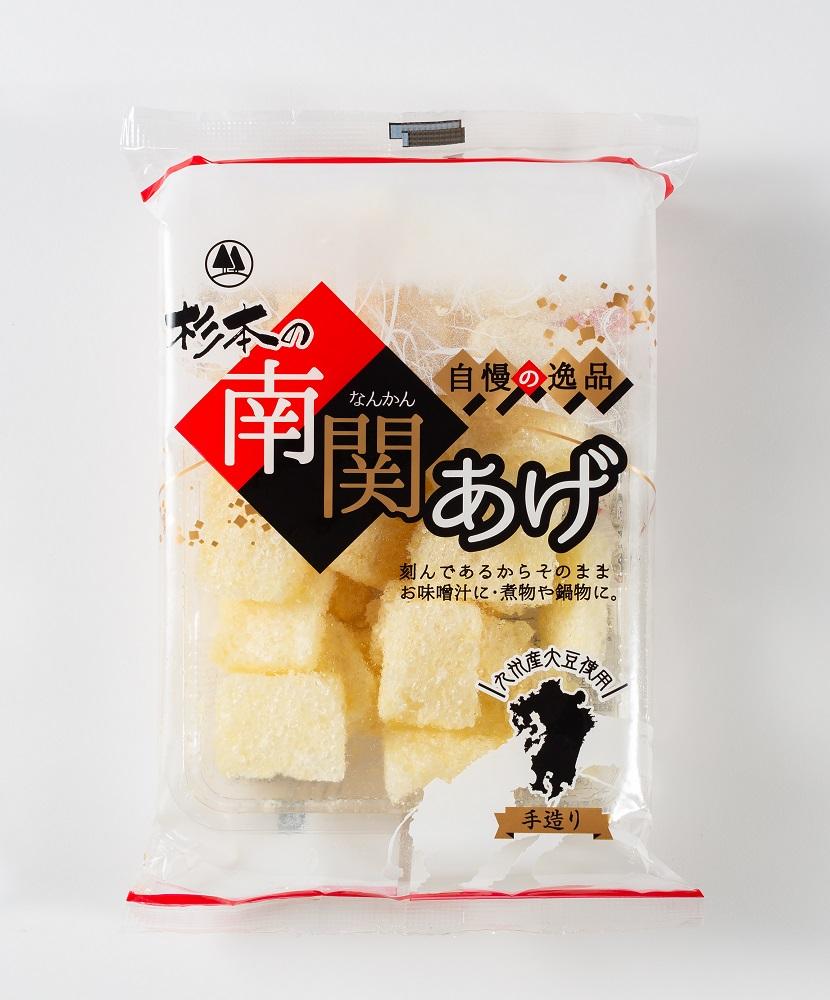
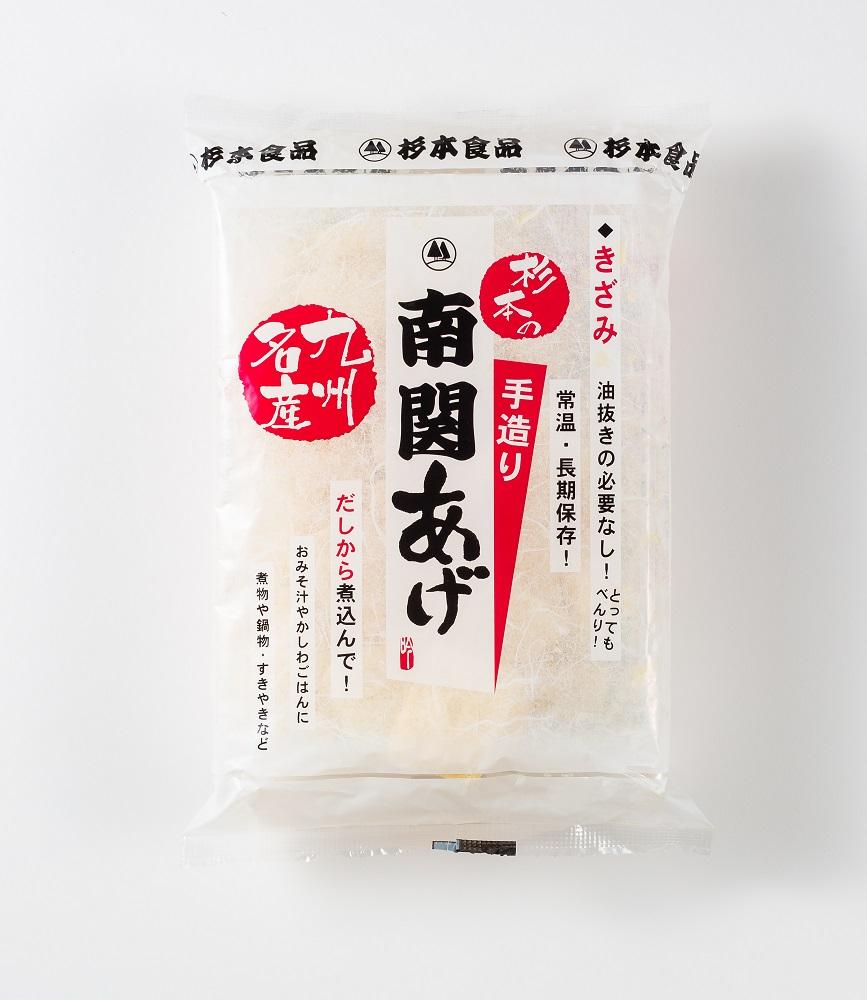
The roadside station is almost next to the town of Minamiseki in Tamana County, which borders Okumamoto Prefecture. The roadside station is almost next door to the town of Minamiseki, which is why it also sells Minamiseki's specialty, "Nansekiage. This so-called deep-fried tofu has been produced in the town since the early Edo period (1603-1867), and is much larger than the usual 12 to 22 cm in size. They can be stored for a long time and have a fluffy texture. They can be stored for a long time, and their texture is fluffy. It can be used in a variety of dishes, making it very useful. Easy-to-use chopped type is also available. 160 yen (including tax)
Around Roadside Station Omuta
Miike Coal Mine, Miyahara Ruins
If you want to have fun in the area
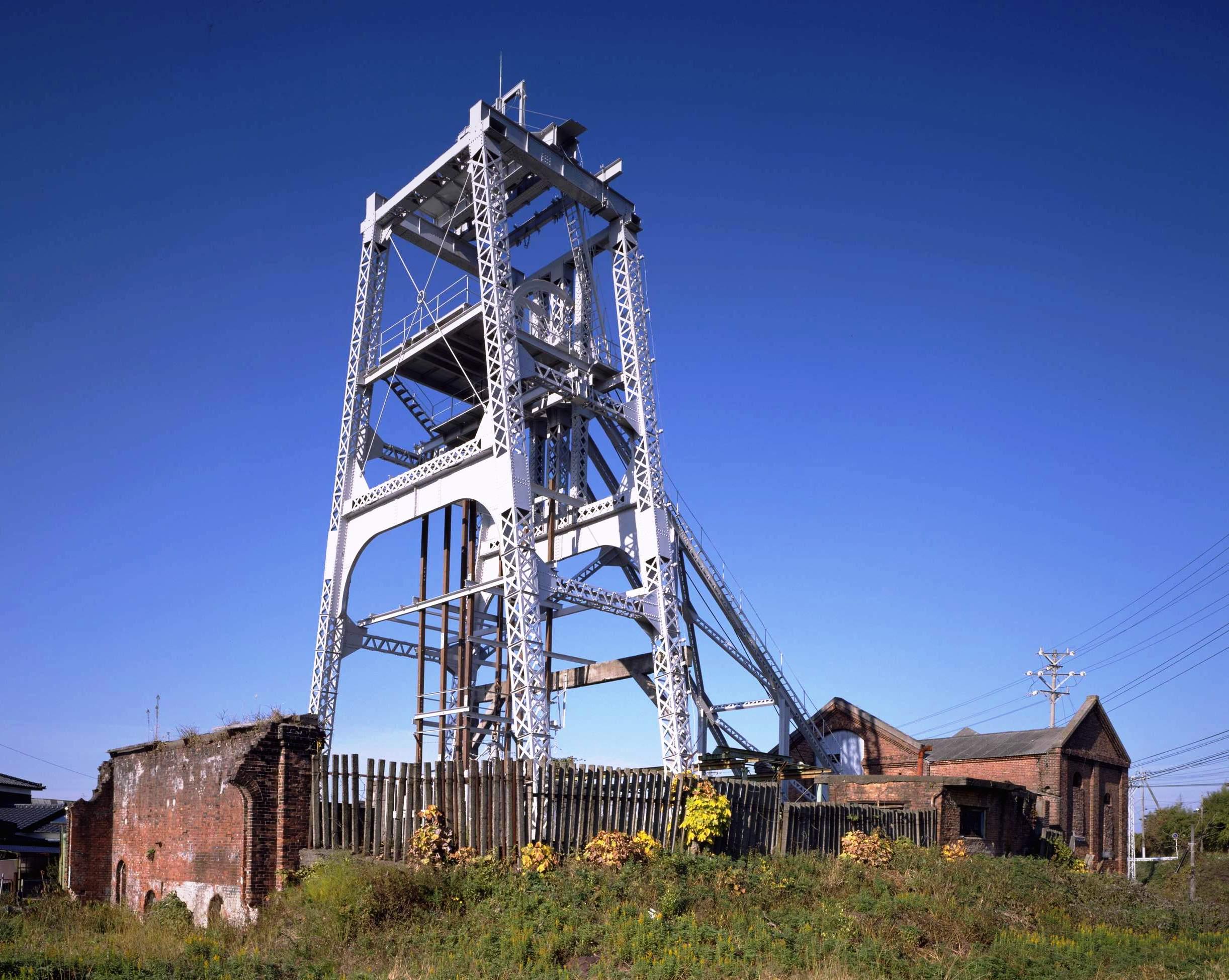
Located in the local city of Omuta, it is registered as a World Heritage site as one of the "Industrial Revolutionary Sites of Meiji Japan. Construction of the No. 1 shaft began in February 1895, and on March 21, 1898, the outside facilities for draining and pumping coal were completed, and coal production began. Construction of the second shaft began on June 11, 1899, and was completed in November 1901. The Miyahara Shaft consists of these two shafts. In 1908, Miyahara Keng produced the most coal among the Miike coal mines (Oura, Miyaura, Manda, and Miyahara), and maintained an average output of 400,000 tons per year throughout the Meiji and Taisho periods.
Tours are free of charge.
| address (e.g. of house) | 1-86-3 Miyahara-cho, Omuta City, Fukuoka Prefecture |
|---|---|
| Phone number | 0944-41-2515 |
| Charge | free |
| Business Hours | Closed on Mondays (or the following day if Monday is a national holiday) |
| regular closing day | Closed every Monday |
| Official Site | https://www.miike-coalmines.jp/index.php#my |
Miike Coal Mine, Manda Mine Site
If you want to have fun in the area
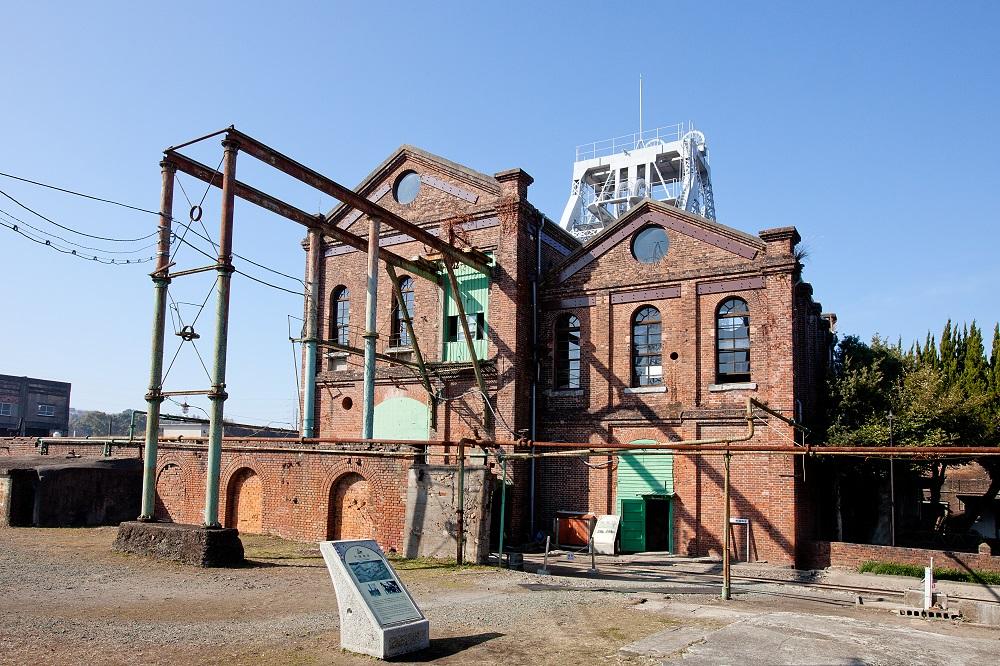
This is also one of the "Industrial Revolution Heritages of Meiji Japan. It is located in the neighboring city of Arao, Kumamoto Prefecture. The first shaft turret was completed in 1899, and the second in 1908. The Miike Coal Mine was a driving force in the modernization of Japan during the Meiji, Taisho, and Showa periods, as coal mining technology was rapidly modernized. Although the mine contributed to postwar reconstruction, its 124-year history came to an end in March 1997. Today, it is preserved as a symbol of the coal mining facilities that developed along with the coal industry. The second shaft turret, hoisting machine room, warehouse, pump room, safety light room, bathrooms, office, and the Yamanojin Ritual Facility are designated as National Important Cultural Properties. Tours are available for a fee.
| address (e.g. of house) | 200-2 Haramanda, Arao-shi, Kumamoto, Japan |
|---|---|
| Phone number | 0968-57-9155 |
| Charge | Manda Kogen Site: Adults 410 yen, High school students 300 yen, Elementary/junior high school students 200 yen / Manda Kogen Station: Free |
| Business Hours | 9:30 - 17:00 (admission to the toll area closes at 16:30) |
| Official Site | https://www.miike-coalmines.jp/index.php#my |

